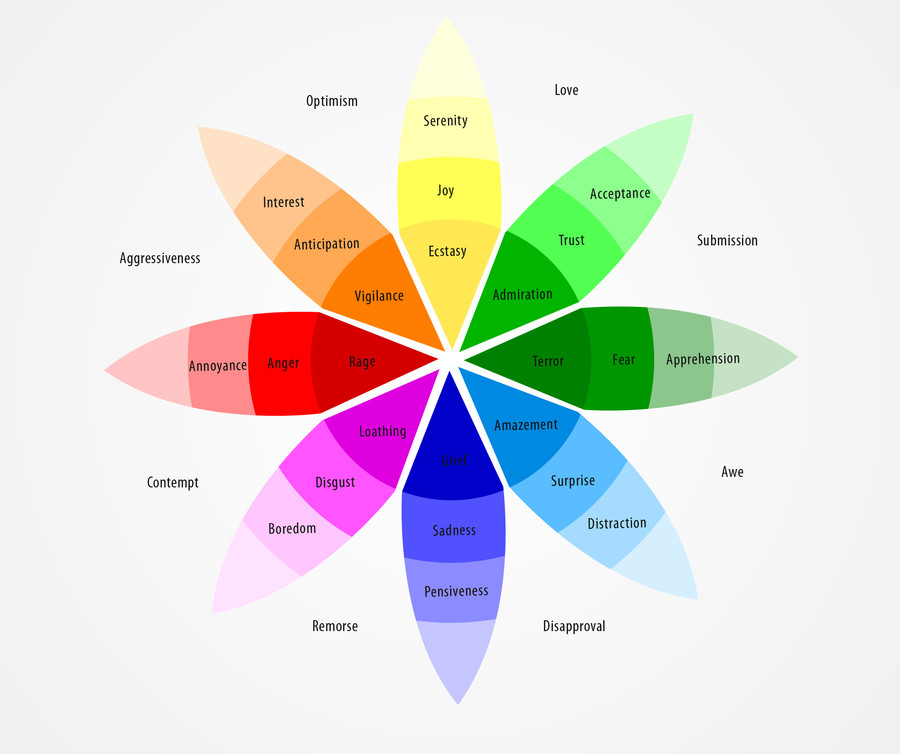Emotions and Service Design

Emotions are important in design because they are a powerful motivator and can influence perception, cognition, attention, decision-making, learning, memory, social interaction, health and well-being, experience, behavior, and aid in managing information overload. Designers who learn how to assess, evoke and predict the emotional status and response of a user, can better present information in a way that aids in understanding and retaining information and communicate more effectively. They can create a better customer experience.
A partial list of design elements that can evoke an emotional response through sensory stimuli include: color, pattern and repetition, space, proportion, typography, sound, animation, motion, signs, symbols and images. In addition, designers can evoke emotions through interface design principles including, but not limited to, clear navigation, feedback, error prevention and recovery, scale and contrast, craftsmanship, structure and organization, and consistency.
Being able to assess your users’ emotional state is important. User’s who are stressed have problems memorizing and often experience tunnel vision. Repeated strikes of emotion cause it’s perceived intensity to increase. An angry customer can become furious with a couple of bad experiences. Customer experience is the number one differentiator. Companies that can provide a great experience will have loyal customers and gain trust.
Repeated strikes of emotion cause it’s perceived intensity to increase.
Other methods of evoking an emotional response include meeting expectations, allowing for play, and storytelling. In order to assess and predict the emotional response of users to a product interface or service, designers need to do research and testing to understand the environment and emotional needs of the user. They need to understand the stakeholders, ecosystem, customer journey touchpoints, and solicit domain expertise.
For example, customers using services for homelessness, foster care, school 504 disability services, veteran healthcare, etc. could have feelings of tunnel vision and stress due to their immediate situation or past experiences. Being able to navigate the services and information will depend on how well it is designed with an understanding of their emotions.
There are a variety of methods for measuring emotional response including, but not limited to, participatory design, questionnaires, experience diaries and body response measurements. Design research is needed because the way a stimulus is sensed is sometimes modified by needs, personality, experience, beliefs and attitude. In addition, a designer should be aware of how a user’s cultural background can influence their emotional response to design elements.
Learn more at https://pinkfroginteractive.com or email us at emotions@pinkfroginteractive.com
